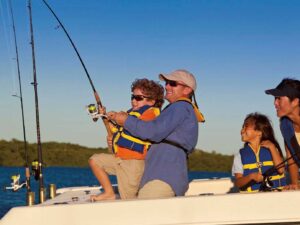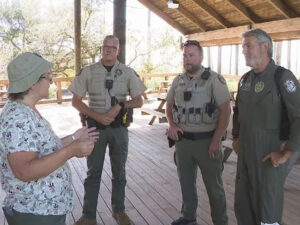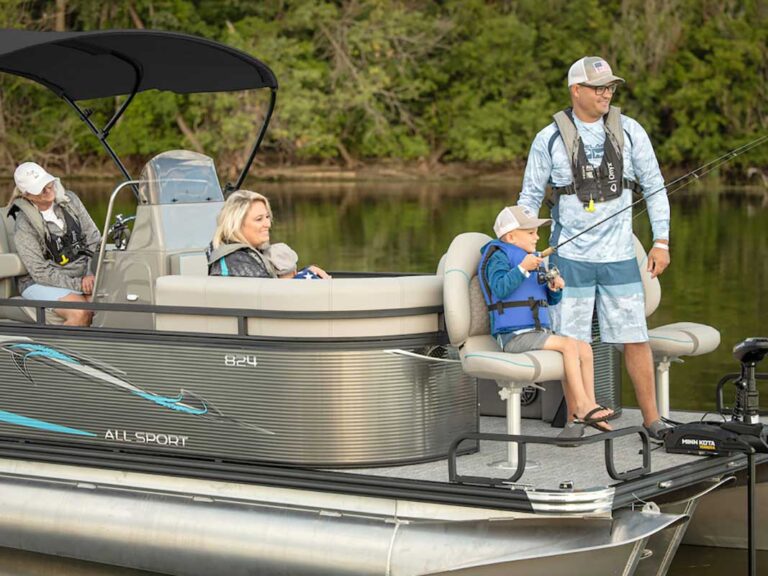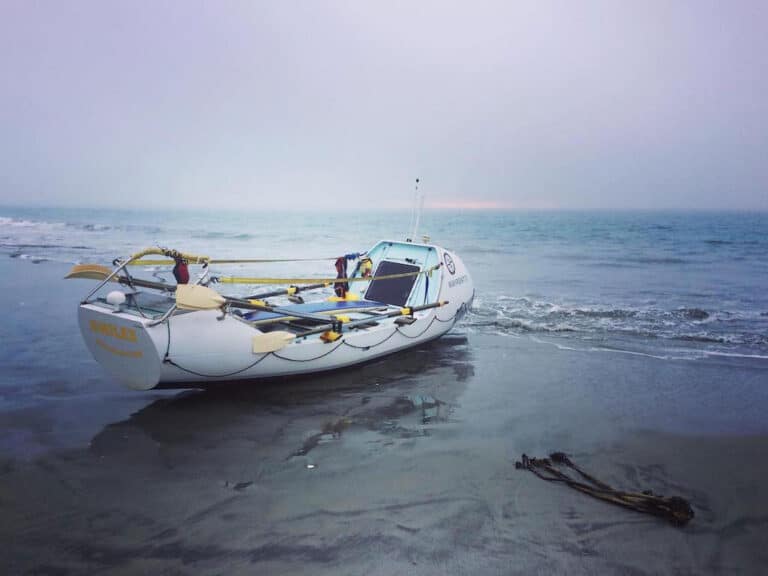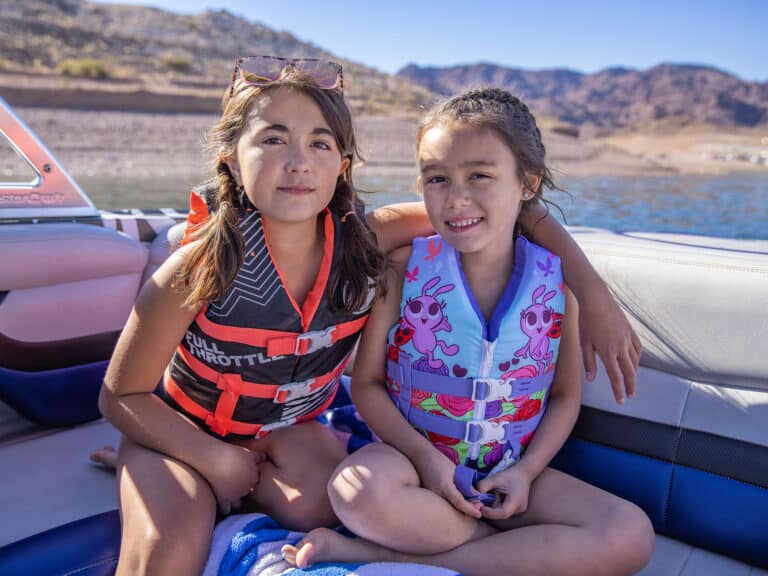As a kid I spent every spare minute on the water, and by the time I reached my 20s I figured out how to make a career out of boating and fishing. The scheme involved getting a graduate degree in marine biology, and I was well down that path when I landed a winter gig collecting marine samples—a/k/a fishing—off the California coast.
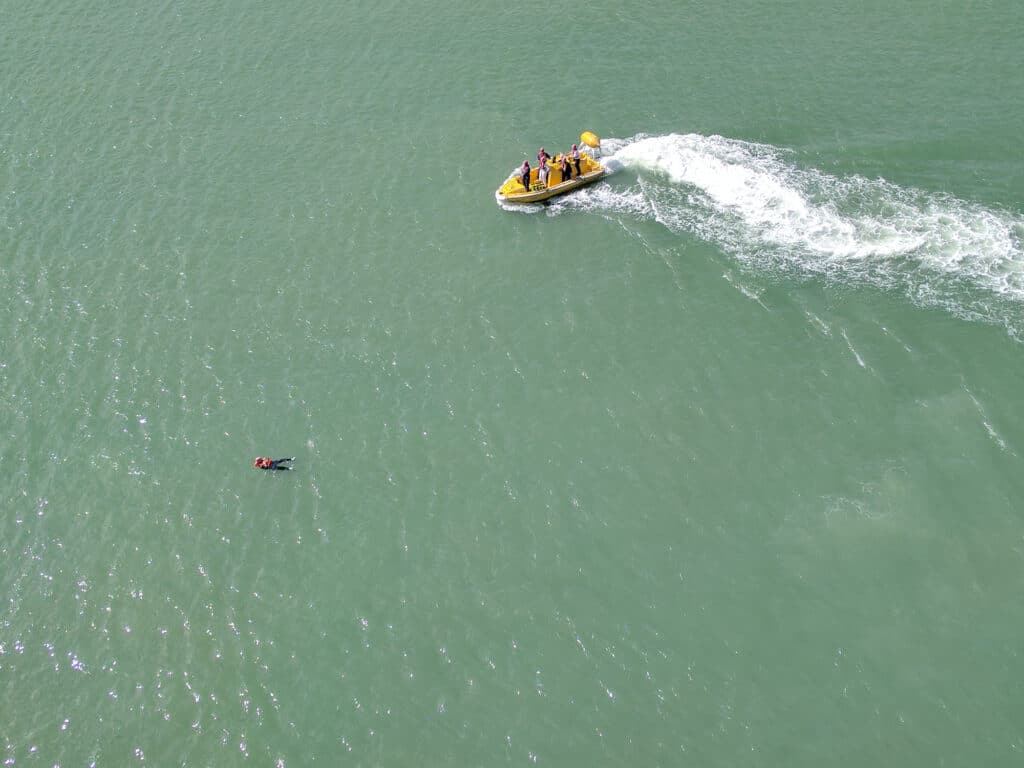
We spent a week ranging up and down the coast on an 85-foot mothership called the Yellowfin. Each evening we’d putter out in a pair of 18-foot Boston Whalers to set nets, and then return the next morning to assess the catch. Once we’d collected the data, the mothership would carry us to our next sample station.
My job was to captain one of the Whalers, working with a pair of volunteers to deploy and retrieve the nets. On the first day, we gathered on the stern deck for a safety briefing. Rule number one was that everyone would wear life jackets whenever they set foot in the skiffs. I went over some emergency procedures, including the man-overboard drill, and closed by reminding the volunteers that I would pilot the skiff. Their job was strictly to set and haul the nets and collect the data.
The first four days went smoothly, and on the final day one of the volunteers asked to drive the skiff. Sarah had grown up around boats and was keen to get behind the wheel. There really wasn’t much to it – just nose the skiff into the deployment area, drop the motor into reverse and slowly back away as the crew feeds the net over the bow. So, as we prepared for our last set of the trip, I motioned Sarah back to the center console. I reminded her to keep one eye on the work at the bow, and the other on the developing swell behind us. Then I went forward to help the other volunteer pay out the net.
Sarah started backing away and her speed was perfect. The net was more than halfway out when I happened to glance back. Sarah had turned to check the swell, and as she turned back the cuff of her rain slicker caught the throttle handle. She reflexively yanked back her arm, pulling the throttle almost full force into reverse. The sudden backwards acceleration pitched me over the bow into the ice-cold water, atop a massive tangle of sinking gillnet.
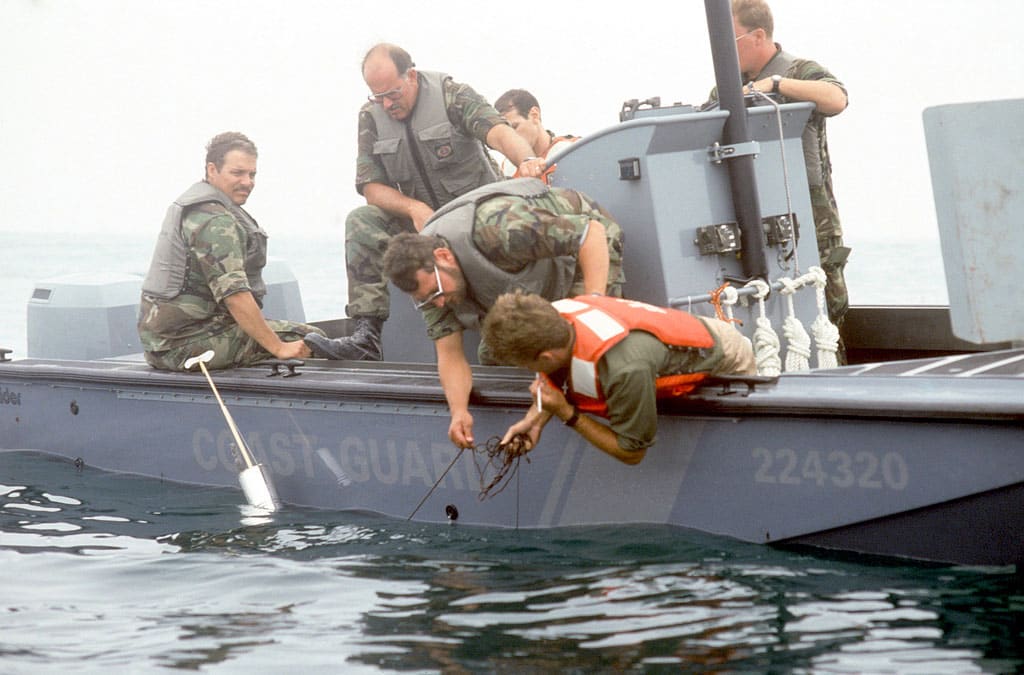
I don’t remember the exact water temperature that winter day, but I vividly recall the shock of cold-water immersion sucking the air out of my lungs. I came to the surface instinctively gulping air, and mentally repeating the one resounding command I give myself when things go sideways on or in the water: Stay calm. During emergency situations panic can get you killed.
In the years since I’ve learned that so-called cold-water shock is a leading cause of drowning because it can cause involuntary gasping, hyperventilation, and panic in the first few seconds after immersion. The water doesn’t even have to be that cold – anything under 60 degrees can trigger the response.
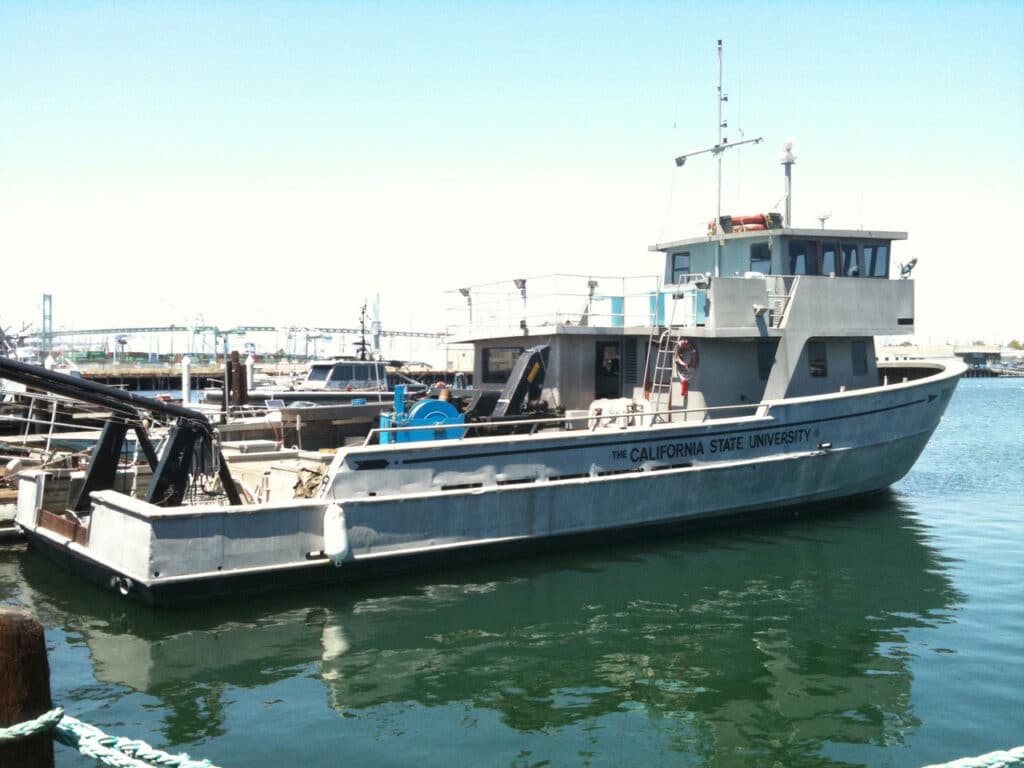
After grabbing a breath, I realized that my deck boots, now filled with water, would make it impossible to swim anywhere. I kicked them loose and sent them to the bottom. My life jacket kept my head above the surface, and thankfully I drifted clear of the gillnet. To her credit, Sarah also stayed calm. She knew running the boat to me would put me in danger of tangling in the gillnet, still draped off the bow. With the motor off, and anchored by the net, she realized the best thing to do was to stay put and bring me to the boat.
I touched my head and nodded, indicating I was okay. Sarah was already on the VHF radio to the mothership, and the other volunteer tossed me a floatation device attached to a rescue line which we always kept in the skiff. His throw was perfect, and the line landed within easy reach. He pulled me to the side of the skiff and the two of them hoisted me aboard. Already shivering, I pointed to a bag under the center console containing a beach towel and heavy sweatshirt, which I quickly pulled on.
This entire event took less than a minute, but years later I still think of all the things that went right that day. First and foremost, we had a plan. During my safety briefing days before, we had discussed what to do if someone went overboard. The first three actions were to throw the flotation device and rescue line to the swimmer, disengage the engine, and contact the mothership. Sarah and the other volunteer performed all three tasks perfectly.
My life jacket kept my head safely above water, and the rescue line had me on board and relatively unscathed less than a minute after I went in. I really can’t say enough about the importance of wearing a life jacket whenever you’re on the water, not to mention having rescue gear close to hand and an emergency plan top of mind.
The U.S. Coast Guard is asking all boat owners and operators to help reduce fatalities, injuries, property damage, and associated healthcare costs related to recreational boating accidents by taking personal responsibility for their own safety and the safety of their passengers. Essential steps include: wearing a life jacket at all times and requiring passengers to do the same; never boating under the influence (BUI); successfully completing a boating safety course; and getting a Vessel Safety Check (VSC) annually from local U.S. Coast Guard Auxiliary, United States Power Squadrons®, or your state boating agency’s Vessel Examiners. The U.S. Coast Guard reminds all boaters to “Boat Responsibly!” For more tips on boating safety, visit uscgboating.org.

